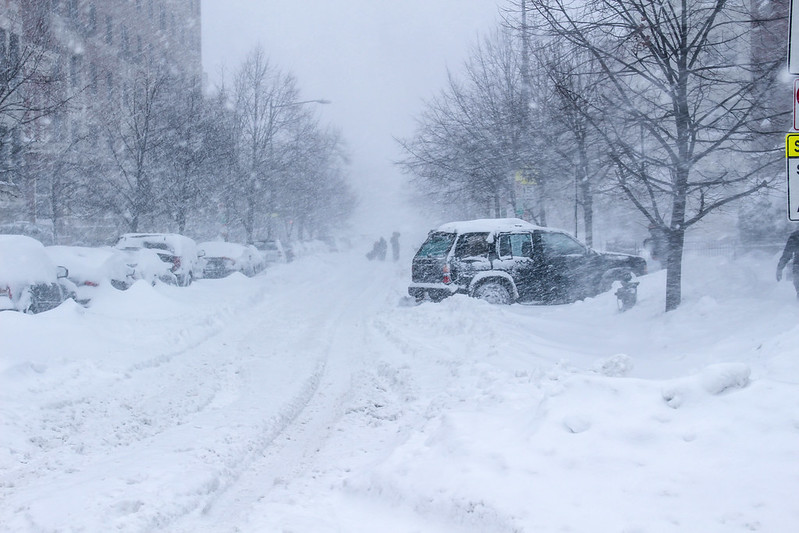Extreme weather events have become more common and more intense than ever.
In the past five years, the United States has experienced deadly wildfires in California and Hawaii, record-breaking cold snaps in the Midwest, and severe winter storms in Texas – a state that typically does not see snow.
Even the Pacific Northwest and other places known for moderate temperatures have experienced heat domes and intensifying rains called atmospheric rivers that lead to flash flooding.
Climate scientists see these events as the tip of an atmospheric iceberg; the worst is yet to come.
Meteorologists use massive computer programs called numerical weather prediction models to forecast weather and extreme events. Such models use decades of data and atmospheric physics equations to simulate the transfer of energy and water to predict changes in weather.
But these classic models may misrepresent how long an event will last or how far it will spread, says computational statistician Julie Bessac of the National Renewable Energy Laboratory. Incorrect predictions of how these extreme events play out can put lives in danger.
Bessac is one of 93 scientists this year to receive funding under the Department of Energy Office of Science’s Early Career Award Program. As part of her award, she aims to create new statistical tools for characterizing the extent of extreme weather events.
Bessac has always had a penchant for mathematics and the sciences. During her graduate education at the University of Rennes in her native France, Bessac went from studying pure mathematics to statistics. She became increasingly interested in the statistical modeling of environmental conditions, she says, when she realized that extreme weather events were “more present around us.” In 2011, the year Bessac began her Ph.D., the southern U.S. was in extreme drought. The Gulf Coast flooded a year later. Strong tornadoes ripped through the southeast in early 2013.
In 2014, Bessac moved to the United States for her postdoctoral program at Argonne National Laboratory, where she modeled wind, temperature and other geophysical processes and how they relate to energy systems.
‘You don’t learn from one or two events’ but from ‘a collection of events to have broader knowledge.’
Now, Bessac is excited to apply her training to extreme weather events. Having better tools to model how long extreme events will last and how far these events can travel will help everyone be more prepared, Bessac says. Public safety officials can give residents ample time to evacuate. Architects can use these models to understand the extremes that the buildings or infrastructure they’re constructing might have to withstand. And utility companies can use the new models to study weather impacts to energy systems and devise backup plans for events like the severe winter storms in 2021 that triggered a grid collapse and rolling blackouts in Texas, leaving millions without electricity for weeks.
Starting out, Bessac will build statistical models to predict extreme temperature and wind events, of particular interest because of how they stress the grid and affect renewable energy sources.
To develop these statistical models, Bessac will rely on various climate datasets, in addition to new observational data garnered from weather stations at airports or research facilities. “You don’t learn from one or two events,” she notes, but from “a collection of events to have broader knowledge.”
Bessac points out that even though extreme weather events are becoming more common, they’re still rare. “There’s not always a lot of data to work with,” she says, which limits the amount of data that she would be able to use in her model.
During her time at Argonne, Bessac created models that formed the groundwork of her NREL projects. Bessac and colleagues learned that in the case of temperature, mapping the entire range of conditions – including the extremes – is critical for predicting cold snaps and heat waves. She found that adding data points helped predict air temperature in eight U.S. cities. The results were published last year in the journal Weather and Climate Extremes.
She also combined a statistical model for predicting wind speeds with physical observations to improve forecasts near the Great Lakes. She published her findings in The Annals of Applied Statistics.
“There (are) no proper tools to do this multidata modeling,” she says. “Everything that I’ve done before was taking me to a world where the next step is much larger.”
Bessac hopes that the statistical models she’s able to generate as part of her Early Career Award will supplement the predictions and simulations made from existing physics-based models. At her new post at NREL, Bessac is eager to collaborate with the lab’s National Wind Technology Center and other power grid experts to develop these models.


